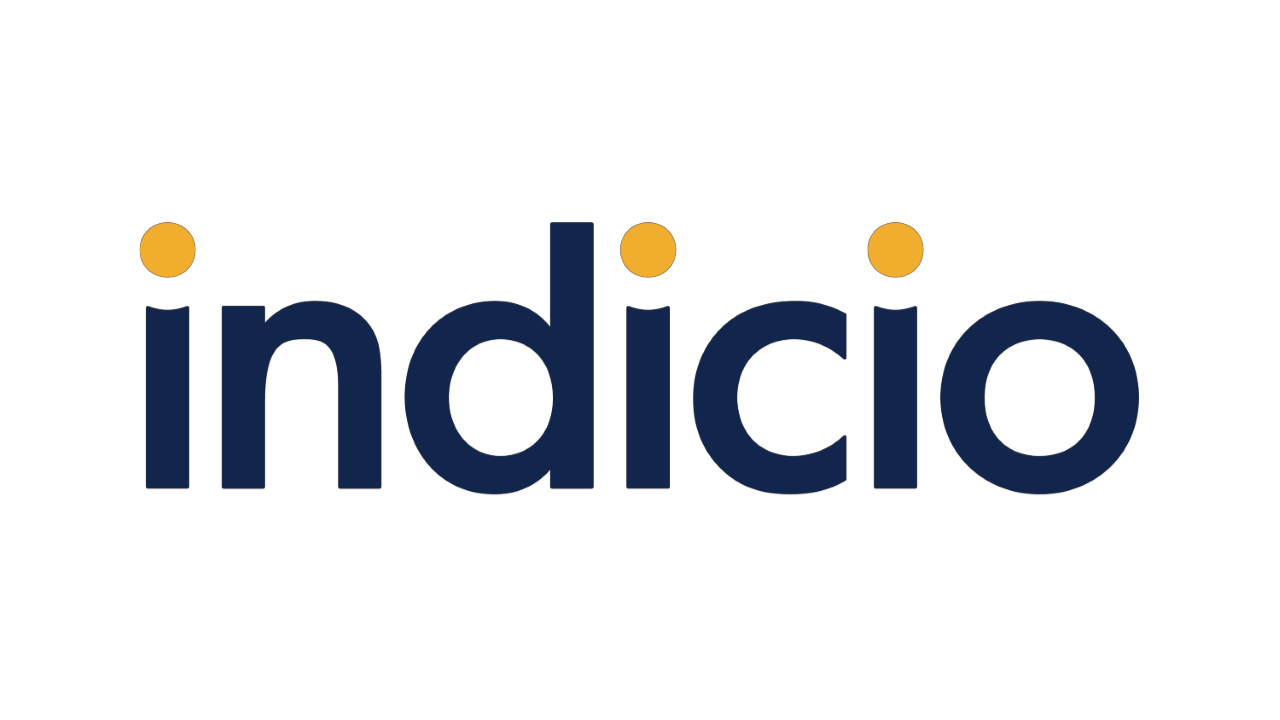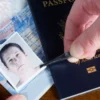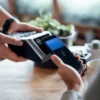Indicio’s decentralized identity technology supports the broadest range of open standards, credential formats, and communication protocols to facilitate global interoperability.
By James Schulte
As more governments step into the world of digital credentials, the Mobile Driver’s Licence (mDL), is emerging as the first credential that many people will likely carry in their digital wallets. But a digital driver’s license isn’t the whole journey when it comes to digital identity: It’s just one of many different digital credentials that we’ll use to prove who we are and to share data in a verifiable, tamper-proof way.
This is why Indicio supports the widest possible range of open standards, credential formats, and advanced communication protocols for deploying decentralized identity: SD-JWT, W3C Verifiable Credentials, AnonCreds, JSON-LD, Open Badges 3.0, DIDComm, OID4VC, and yes, mDL.
Because real-world identity isn’t a single road. It’s a map of different paths, winding through industries, ecosystems, and use cases.
Here, we explain why mdoc/mDL is joining the list of technologies supported in the Indicio Proven® technology stack.
mdoc/mDL
A Mobile Driver’s License (mDL) is a type of document that resides on a mobile device, generically known as an mdoc. Thus, an mDL is a particular type of mdoc, one that enables the attributes of a driver’s license to be held on a mobile device in a machine-readable way. The mDL is specified by the ISO/IEC 18013-5:2021 standard.
Presently, 30 U.S. states have implemented or are implementing mDLs. In March 2025, the European Union’s Parliament mandated a uniform mobile driving licence that will work with EU-specified digital wallets by 2030.
Some of the benefits of an mDL include:
- Improved security: Each time you present an mDL for verification, it generates a new cryptographic presentation of the data.
- Interoperability: As an mDL follows the international mdoc standard, it can be used across states and countries. All mDLs have the same data structure and are verified in the same way. A recent example of the mDL’s interoperability comes from New Zealand’s NZ Verify App, which enables mDL credentials issued from a growing list of regions to be verified.
- Offline availability: An mDL is designed to be either presented online or in person using Bluetooth Low Energy or NFC for “tap & go,” “scan & request,” or “tap & hold” interactions with an electronic mDL reader, which allows an mDL to be verified without either party needing to be online.
- Privacy: The mDL allows data in the license to be selectively disclosed, so you can share just your age or address, for example, without revealing anything else.
One peculiarity: part of the mDL spec ensures that issuers — governmenst — can’t see where licenses are being verified, so a specific holder can’t be tracked and profiled; but, another part of the spec also makes this possible, so user privacy is dependent on how a specific mDL instance is implemented.
When an mDL/mdoc isn’t the best fit
If your identity authentication needs require more information than that contained in a driver’s license, then you need to use Verifiable Credentials (VC). These can be configured to hold different kinds of data in a tamper-proof way, including biometrics, and can use secure communication protocols for semantically rich interaction between credential holders, issuers, and verifiers.
For example, you can create a digital equivalent of a passport with a Verifiable Credential, and you can integrate that with other credentials (such as a visa and boarding pass credential) to share more complex data. An mDL is and always will be just a driver’s license.
The mdoc format does not have the same flexibility in terms of data formats or communication protocols. If you are a school district issuing staff IDs or a company setting up passwordless login, Verifiable Credentials are a better option. Similarly, if you want to issue diplomas or certificates, the Open Badges 3.0 format meets these specific needs best.
The mdoc/mDL is also a comparatively complex technical specification to implement, whereas a simple VC solution can be up and running in hours and a country-level deployment can be implemented in a few weeks.
One credential will not rule them all
We’re not moving toward a world where one credential will rule all use cases. We’re heading toward a world where different credentials work together.
Governments are issuing mDLs but they will also issue digital passport credentials (ICAO DTC Type 2 credentials). Many organizations will want to implement DIDComm to take advantage of secure communication with credential holders, or they may choose to use OID4VC to take advantage of their existing authentication protocols.
Each use case brings its own needs for implementation, interoperability, privacy, simplicity, and usability.
Indicio connects digital identities
Indicio was the first to successfully combine two key global credential formats and protocols in a single workflow for international travel: DTC Type 1 using AnonCreds and DIDComm and IATA One ID using OID4VC.
Now, we’re adding mdoc/mDL to our stack.
We’re committed to giving our customers the best solution for their needs and to making that solution interoperable.
Whether you’re just getting started or already deep into development, we’re here to help you choose the right specifications and credentials for your project—and make sure they work seamlessly with everything else.
Want to talk about which credential type is right for your project?
Get in touch with us at Indicio
###






